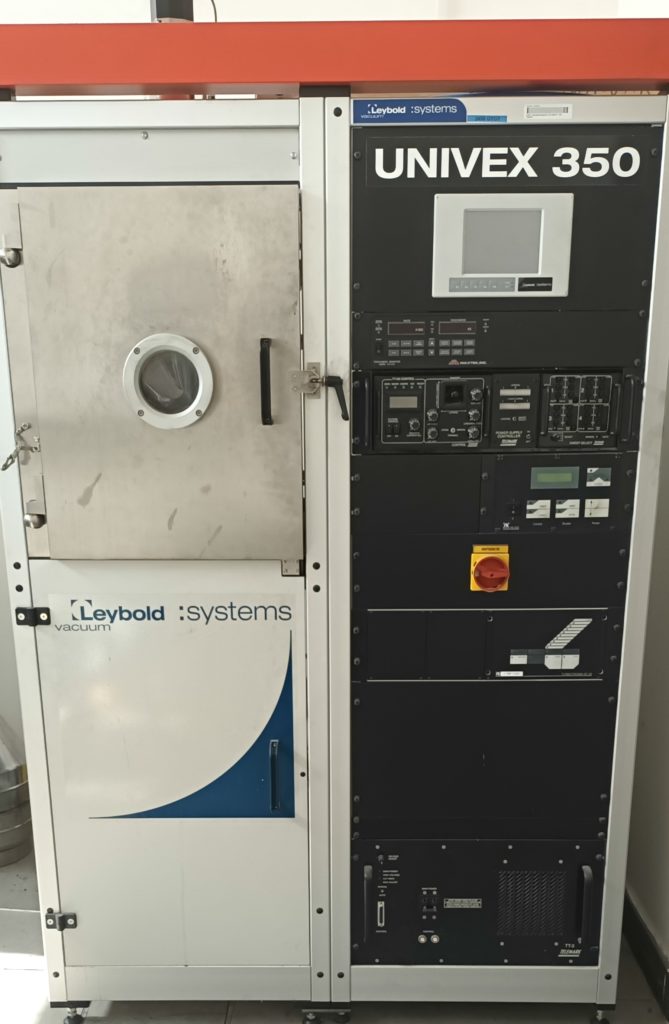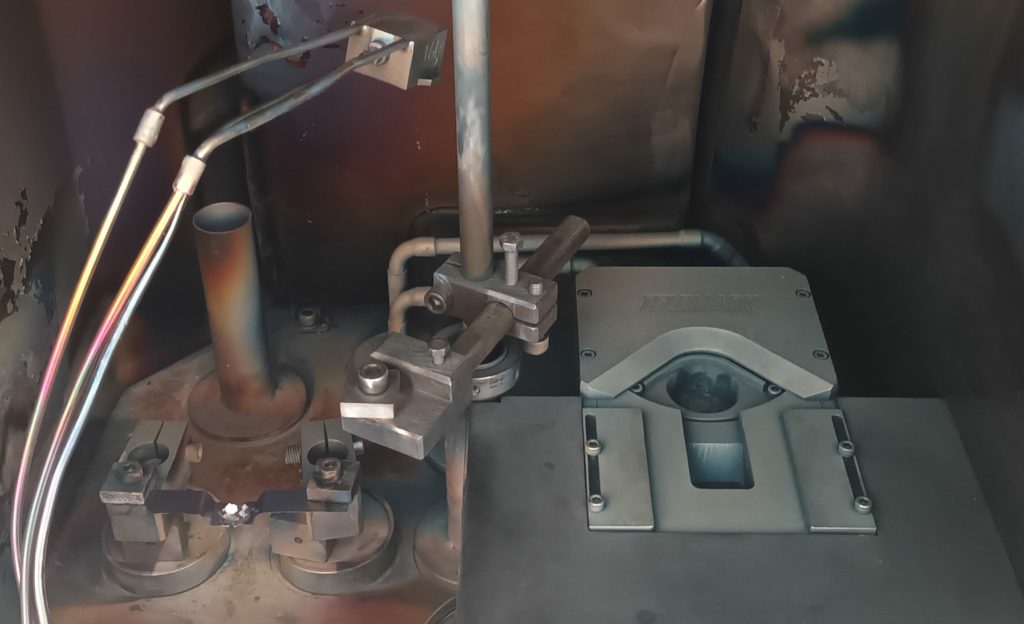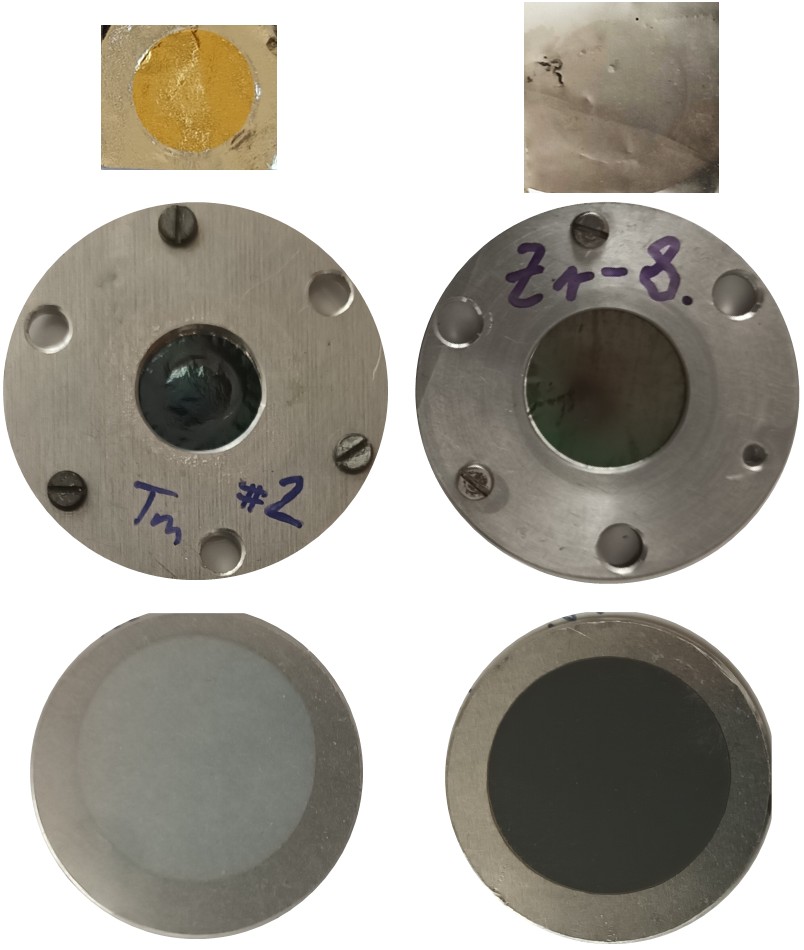Laboratory web page: Institute for Nuclear Research, Atomki (external link)
Atomki is able to produce thin layered targets with vacuum evaporation. The evaporation of the material is facilitated either by resistive heating or by electron beam bombardment, thus thin layer of materials with very high melting point (e.g. carbon) can also be produced.


A standard Leybold device is available for this purpose, see figs. 1 and 2. The target properties can then be measured by various non- destructive techniques i.e. nuclear resonance reaction analysis (NRRA), proton induced X-ray emission (PIXE), Rutherford backscattering spectroscopy (RBS) at the Tandetron accelerator of Atomki. A dedicated alpha spectrometer (ORTEC SOLOIST) is also in use, for layer thickness determination from alpha energy loss. A triple-nuclide alpha source (239Pu, 241Am, 244Pu) is exploit for this purpose, but a single nuclide 241Am source is also available. As a destructive characterization a Secondary neutral-particle mass spectrometer (SNMS) is also available in the institute.

